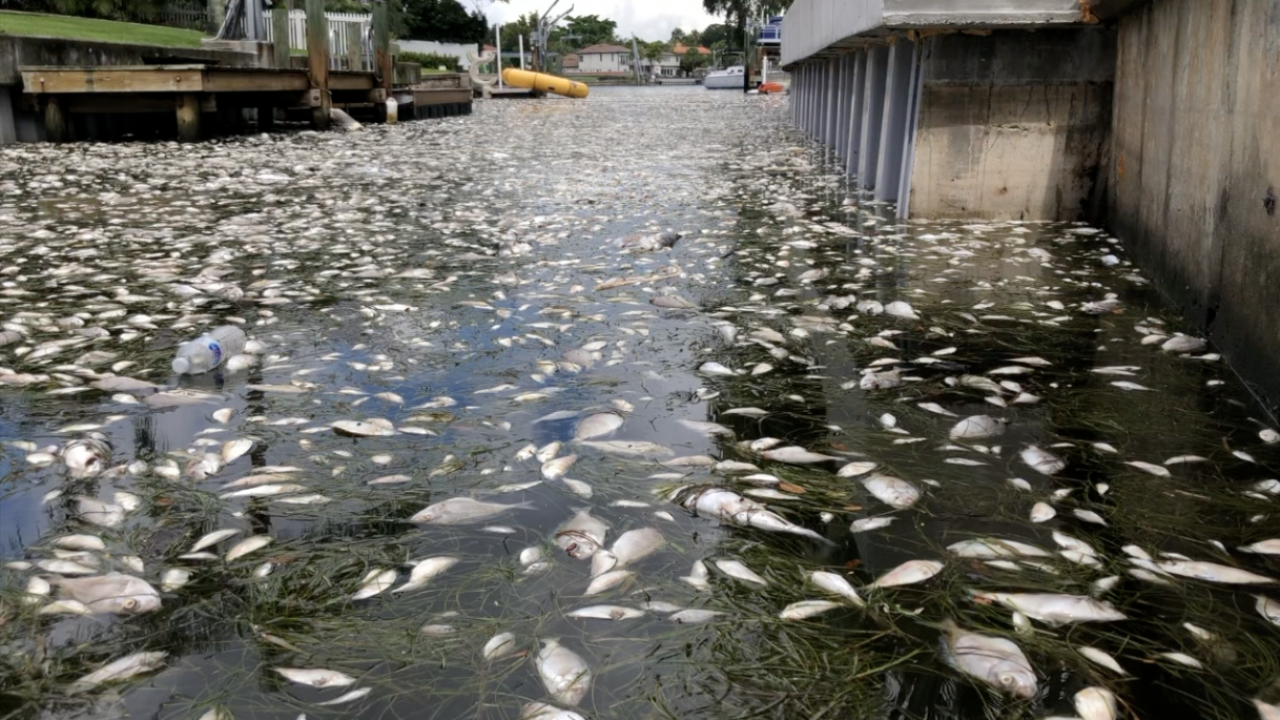TAMPA, Fla. — Summer is officially in full swing, so that means more Floridians and out-of-state visitors will be heading to soak up the sun at local beaches. Before you hit the road, check to see if red tide has been reported at your favorite beach.
Complete Coverage: Red Tide in Tampa Bay
What is red tide?
According to the Florida Fish and Wildlife Conservation Commission, red tide, or harmful algal bloom, is a higher-than-normal concentration of a microscopic alga (plantlike organism). In Florida and the Gulf of Mexico, the species that causes most red tides is Karenia brevis, often abbreviated as K. brevis.
Red tides are nothing new, they've been documented along Florida's gulf coast since the 1840s and in the southern Gulf of Mexico as far back as the 1700s.
FWC says red tides can last for a little as a few weeks or longer than a year. They can ease up then reoccur.
Many red tides produce toxic chemicals that affect marine life and humans. FWC says K. brevis produces brevetoxins that can affect the central nervous system of fish and other vertebrates, causing these animals to die.
FWC says wave action can break open K. brevis cells and release the toxins into the air, which can cause respiratory irritation.
Maps, daily sampling resources
FWC monitors red tide blooms and posts weekly sample updates here. FWC also does two weekly updates here with a sampling map that's updated every day.
You can check the current status of area beaches using the Mote Marine Lab's Beach Conditions Reporting System.
To view the current beach conditions in Pinellas County, click here.


